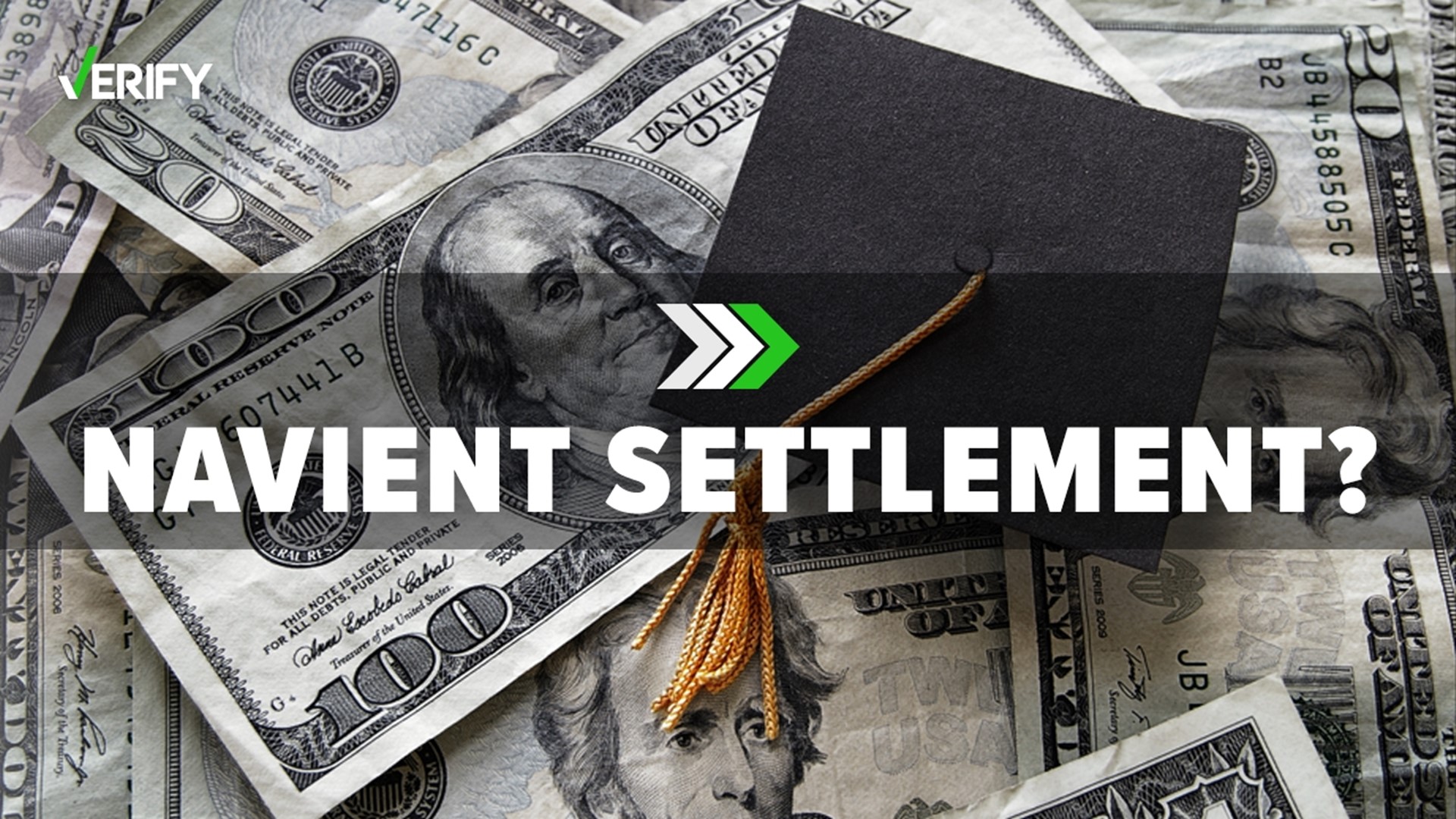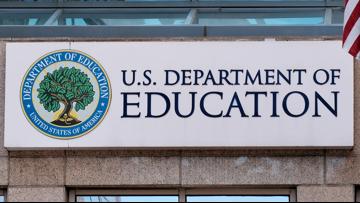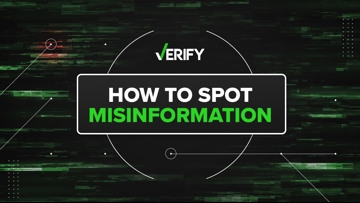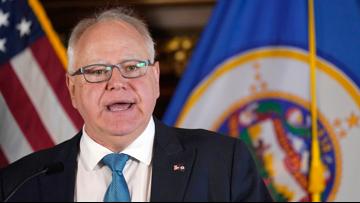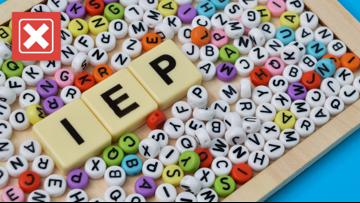Navient, a loan management company, announced on Jan. 13, 2022 that it reached a settlement with attorneys general in 39 states over alleged unfair and deceptive student loan practices.
Pennsylvania Attorney General Josh Shapiro, along with the other attorneys general involved in the lawsuit, allege that Navient issued subprime loans to borrowers who were not likely to pay the money back, and misled borrowers into forbearances that “stopped them from paying down the principal on their loan and led many to accumulate more debt and never-ending interest payments.”
Navient denies these allegations and no longer services loans for the Department of Education as of fall 2021. Navient will continue to service federal student loans made under the Federal Family Education Loan (FFEL) Program that are owned by private lenders and non-federal private student loans.
The settlement will lead to the cancellation of $1.7 billion in private student loans and $95 million in restitution for some borrowers of federal loans.
After the settlement was announced, some federal student loan borrowers were wondering if their debt would be forgiven.
THE QUESTION
Does the Navient settlement cancel loans for federal student loan borrowers?
THE SOURCES
THE ANSWER
No, the Navient settlement doesn’t cancel loans for federal borrowers. Some federal borrowers may qualify for a small restitution payment, but are not eligible for loan forgiveness as part of the settlement.
WHAT WE FOUND
Who qualifies for student loan debt cancellation
Navient said in an announcement about the settlement that it will cancel loan balances for approximately 66,000 borrowers with certain qualifying private education loans.
Here’s what borrowers need to know to determine if they qualify for loan cancellation.
The settlement funds will primarily go to those who took out private subprime student loans, which are made to borrowers with low credit scores, through Navient’s predecessor, Sallie Mae, between 2002 and 2014, according to the Massachusetts state government’s FAQs page on the settlement. These borrowers also had more than seven consecutive months of delinquent payments prior to June 30, 2021.
The lawsuit claimed these practices unfairly targeted lenders who likely couldn’t repay the loans.
Other private student loan borrowers also qualify for the debt relief on loans made by Sallie Mae Bank and certain other lenders between 2002 and 2014 if they attended specific for profit-schools that have been subject to “state or federal or enforcement actions,” the FAQs page says. Those for-profit institutions include American Career Institute, University of Phoenix, DeVry University, Art Institute, ITT Technical Institute and others.
To be eligible for debt relief, the borrower’s mailing address on file with Navient as of June 30, 2021, must be within one of the 39 restitution-participating states. The full list of states is available online.
Delaware Attorney General Kathy Jennings, who participated in the lawsuit, wrote in a press release that Navient will notify private loan borrowers receiving debt cancellation no later than July 2022. They will also receive a refund of any payments made on the canceled private loans after June 30, 2021.
Who qualifies for other payments from Navient
Restitution payments of about $260 each will be distributed to approximately 350,000 federal student loan borrowers who were placed in certain types of long-term forbearances, according to a website devoted to the attorneys general’s settlement with Navient.
According to the Massachusetts FAQs page, a person is generally eligible if they:
- Lived in a state participating in restitution as of January 2017;
- Entered repayment on a Direct or Federal Family Education Loan (FFEL) Program loan before January 2015;
- Had at least one federal loan eligible for income-driven repayment;
- Had at least two years of consecutive verbal or administrative forbearance between October 2009 and January 2017, where at least one of the forbearances was entered through a phone call, and where at least half of the forbearance time was not used to bring a past-due loan current); and
- Did not enroll in income-driven repayment before the forbearance period.
Those who are eligible for a restitution payment will receive a postcard in the mail from the settlement administrator in the spring of 2022. Some borrowers might be eligible for both private loan debt relief and a restitution payment, according to the settlement website.
Federal loan borrowers do not need to take any action except to update or create their studentaid.gov account to ensure the Department of Education has their current address, Jennings said.
